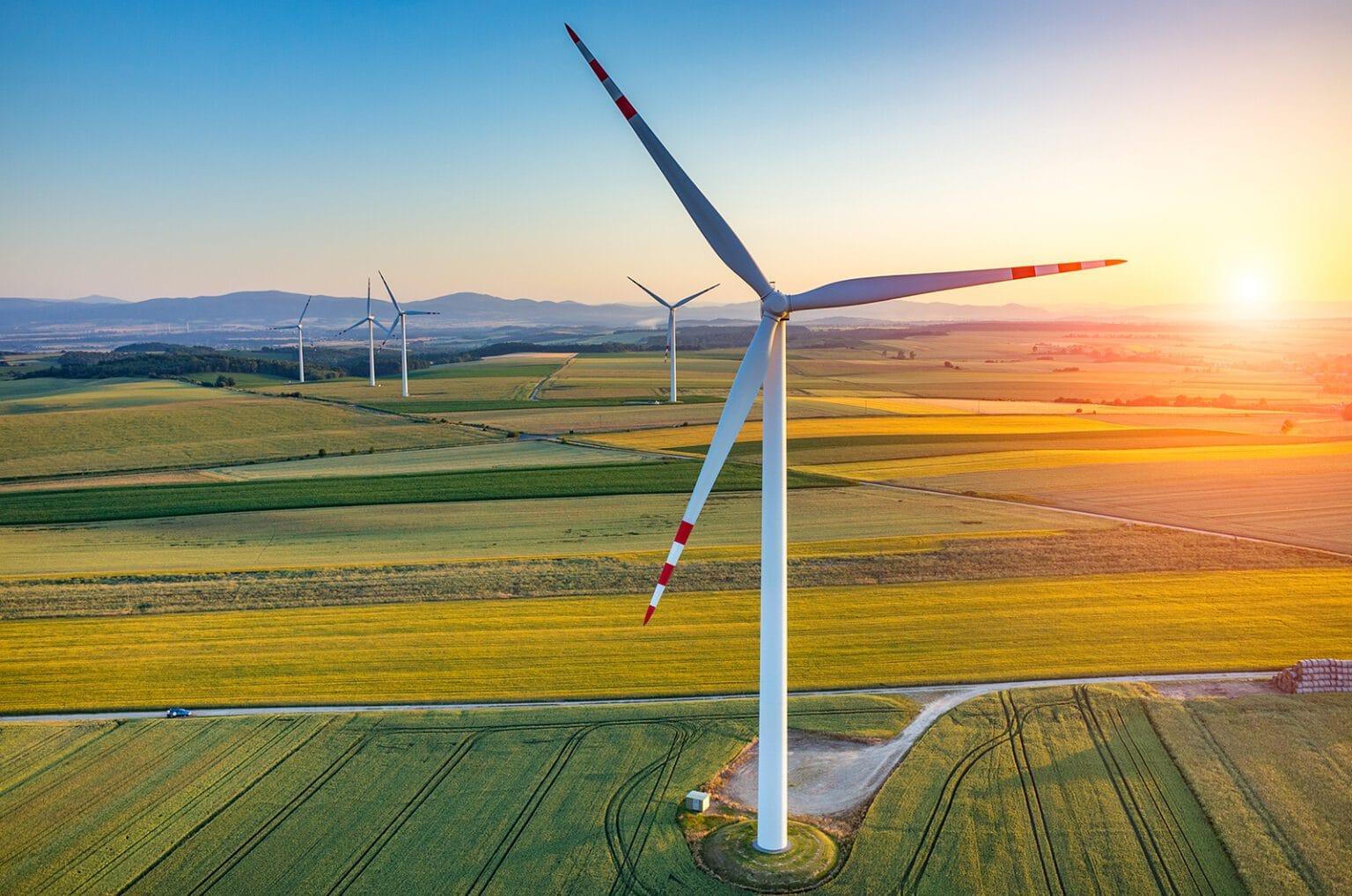The European Union strengthened its commitment to wind energy in 2024 with 12.9 GW of new installed capacity, including 10.3 GW of onshore wind and 2.6 GW of offshore wind. This advancement allowed wind energy to account for 19% of European electricity production. However, to meet its climate goals, the pace must accelerate. Wind Europe estimates that an additional 140 GW will be needed between 2025 and 2030, or 23 GW per year, to reach a total capacity of 351 GW by 2030.
An essential growth for the energy transition
Wind energy now plays a central role in the European energy mix. Yet, with the goal of 42.5% renewable energy in final consumption by 2030, and an enhanced ambition of 45%, the development of new infrastructure has become a necessity. Support for investments and incentive measures are essential to meet a sharply increasing demand for clean electricity.
The rise of offshore wind at the heart of European ambitions
The EU has set specific targets for offshore wind, with a planned capacity of 86 to 89 GW by 2030, in line with the revision of the Regulation on Trans-European Energy Networks (TEN-E). This effort is deemed crucial to enhance the energy security of the continent and stabilize its electrical grid in the face of a rapid transition.
Strategic initiatives to support the sector
Launched in 2022, the REPowerEU plan aims to reduce dependence on fossil fuels by accelerating investment in renewable energy. Thanks to this program, 78 GW of new solar and wind capacity were installed in 2024. The EU has also established financing mechanisms through Horizon Europe and LIFE, promoting cross-border projects in wind energy. Additionally, the “Wind Power Package”, introduced in 2023, simplifies authorization procedures, facilitates access to financing, and improves bidding for wind projects.
A considerable economic and social impact
The development of wind energy boosts employment in Europe. In 2020, the renewable energy sector employed 1.3 million people, a figure that reached 1.8 million in 2023. By 2030, wind energy alone could generate up to 936,000 new jobs. Furthermore, technological advancements have made wind turbines more efficient, enhancing the sector’s competitiveness against other energy sources and contributing to European economic growth.
An immense challenge still ahead
Despite these advancements, the current pace remains insufficient to meet the climate goals set for 2050. The EU must accelerate the deployment of infrastructure, improve the integration of renewable energies, and ensure attractive conditions for investors. The energy transition requires a strengthening of public policies and a simplification of regulatory frameworks, essential to make wind energy a true driver of European carbon neutrality.
With Energynews.pro


